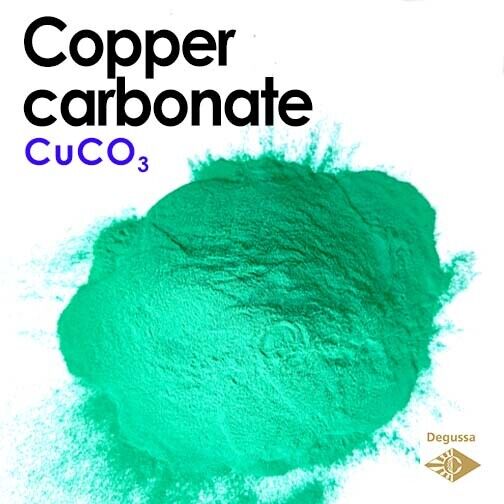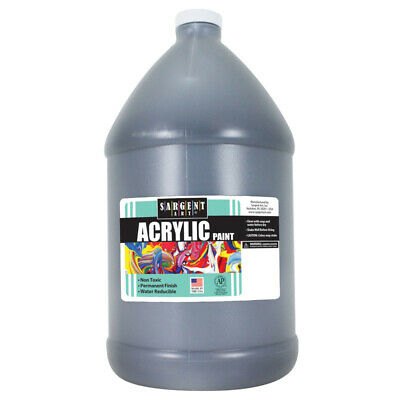-40%
Electric Neon Green - Copper Cupric Carbonate Copper(II) Carbonate - Pottery NP
$ 21.93
- Description
- Size Guide
Description
Cupric Carbonate - electric greenTake a look at other Materials for Ceramics!
- Effect Glazes
- Pigments (stains)
- Colour Glazes
- Underglazes
- Lustres (lusters)
- Gold, Platinum, Silver
- Colourless Glazes
- Frits, Tools, Oxides, Engobes and Thinners
Material Name:
Copper(II) Carbonate
- powder
Assay
:
99.2% trace metals basis
Formula:
CuCO3
Topological Polar Surface Area
:
63.2 Ų
Density
:
3.7 - 4.0 g/cm³
Formula Weight
:
123,56
g/mol
Synonyms:
Copper(II) carbonate, Copper(2+) carbonate, carbonic acid, copper(2+) salt (1:1), Cupric carbonate, Copper monocarbonate; Copper carbonate (1:1)
Description
Visit the site
ceramic-glazes.com
for more information.
Copper Carbonate (CuCO3) is a water insoluble Copper source that can easily be converted to other Copper compounds, such as the oxide by heating (calcination). Carbonate compounds also give off carbon dioxide when treated with dilute acids. Copper Carbonate is generally immediately available in most volumes. High purity, submicron and nanopowder forms may be considered.
Both malachite and azurite can be found in the verdigris patina that is found on weathered brass, bronze, and copper. The composition of the patina can vary, in a maritime environment depending on the environment a basic chloride may be present, in an urban environment basic sulfates may be present.
This compound is often improperly called (even in chemistry articles) copper carbonate, cupric carbonate, and similar names. The true (neutral) copper(II) carbonate CuCO3 is not known to occur naturally. It is decomposed by water or moisture from the air, and was synthesized only in 1973 by high temperature and very high pressures.
Uses
Both malachite and azurite, as well as basic copper carbonate have been used as pigments. One example of the use of both azurite and its artificial form blue verditer is the portrait of the family of Balthasar Gerbier by Peter Paul Rubens. The green skirt of Deborah Kip is painted in azurite, smalt, blue verditer (artificial form of azurite), yellow ochre, lead-tin-yellow and yellow lake. The green color is achieved by mixing blue and yellow pigments.
It has also been used in some types of make-up, like lipstick, although it can also be toxic to humans. It also has been used for many years as an effective algaecide in farm ponds and in aquaculture operations.
Payment and Shipping
You can order another quantity. I always combine the packages. The costs for posting depend of total weight of the package.
No shipping to Argentina, sorry!
Packaging
You'll get the ordered quantity put in a polyethylene bag and labeled with the name.











